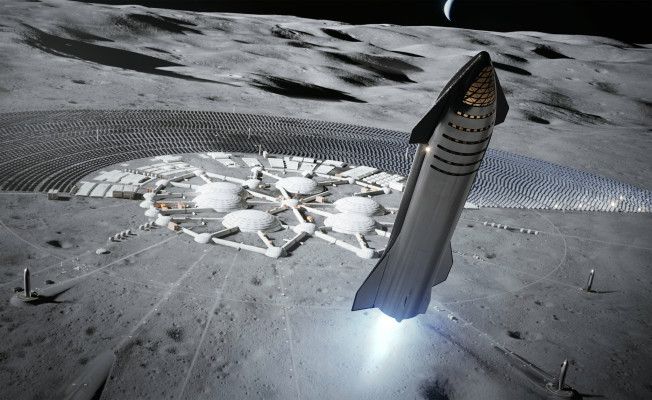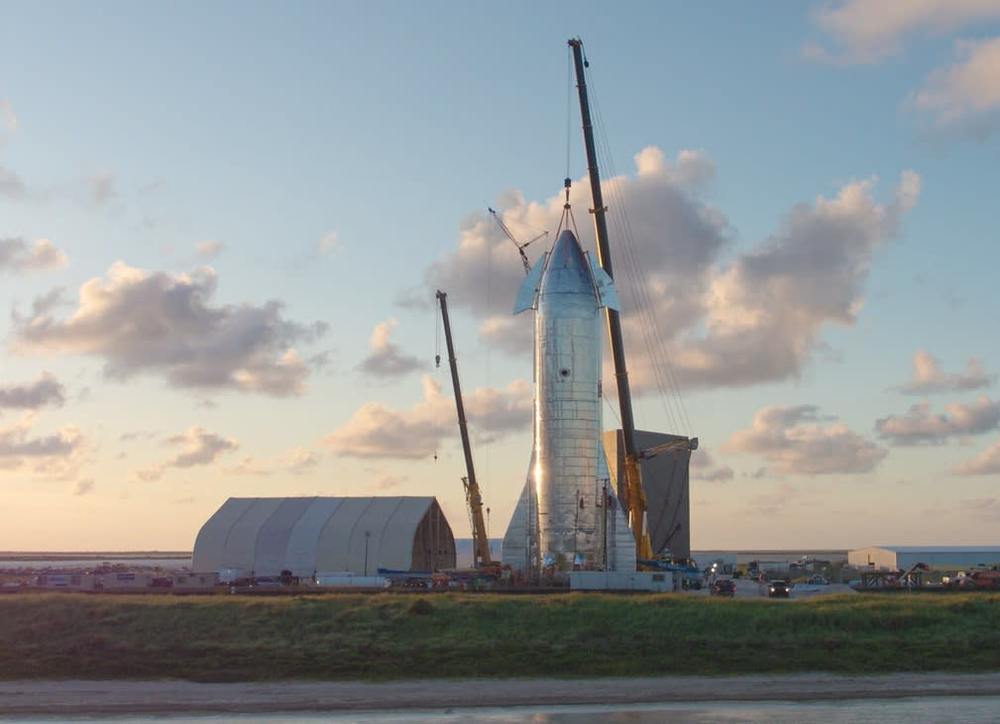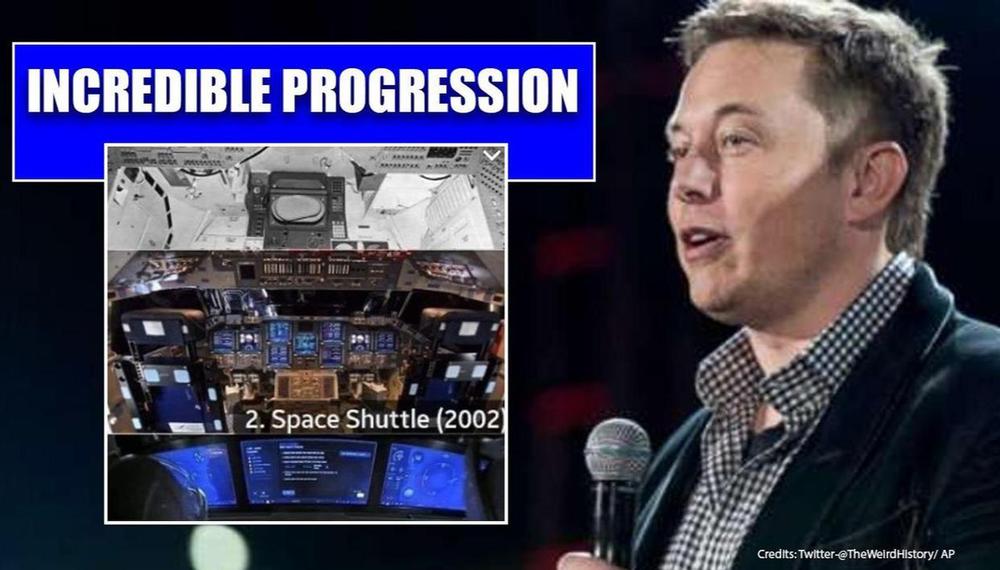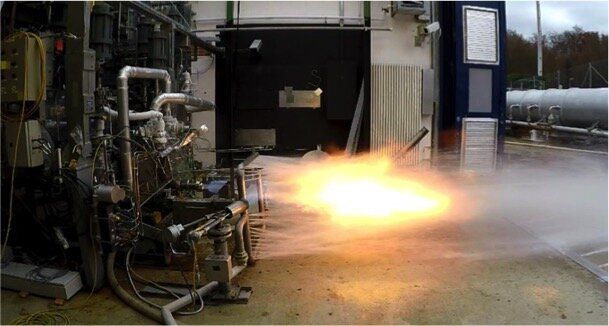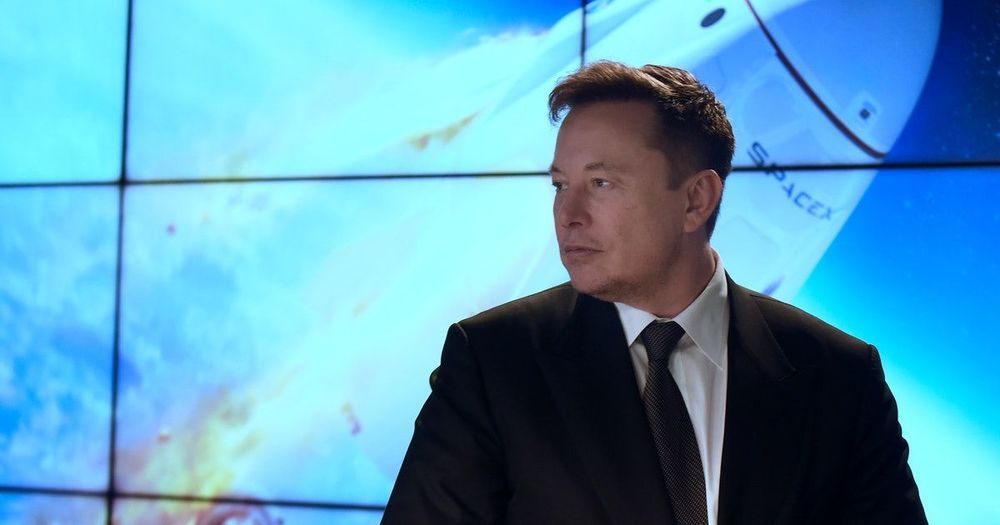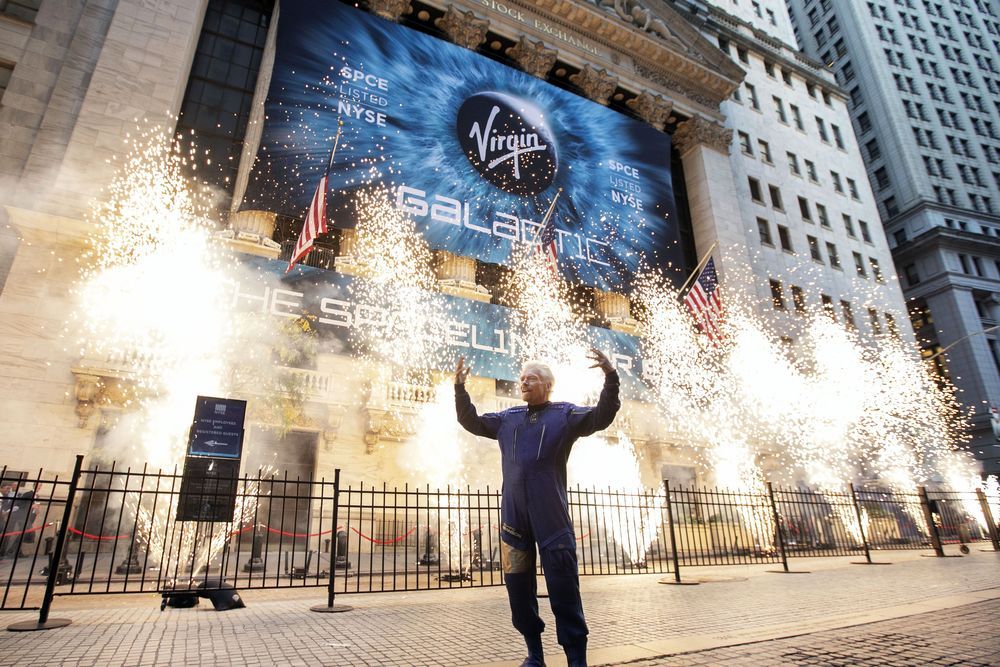On Saturday, May 30 at 3:22pm, for a glorious moment we were given a glimpse of the future of space travel. The successful launch of SpaceX’s Falcon 9 reorbital rocket system carrying the Crew Dragon to the International Space Station was historic in successfully sending NASA astronauts Bob Behnken and Doug Hurley within a privately developed spacecraft. The mission also revealed the next generation of astronautical wear, the SpaceX spacesuit.
Alongside the amount of life-supporting technologies tethered from seat to suit via “umbilical cord”, each spacesuit is bespoke to its wearers for optimal safety and comfort, as described by SpaceX spacesuits and crew equipment manager, Chris Trigg:
